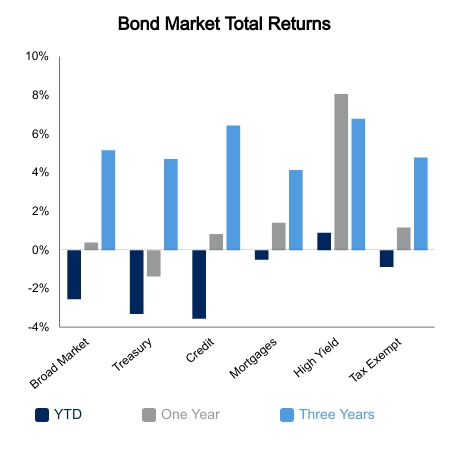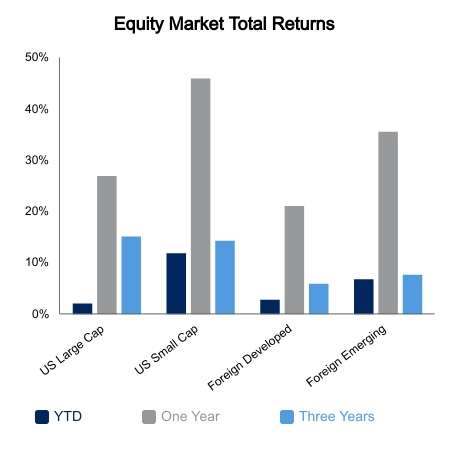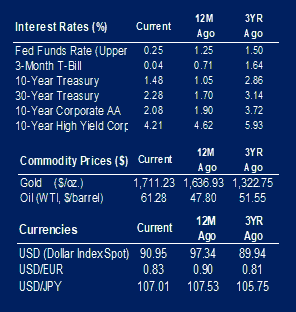Orders for durable goods in January, a leading economic indicator, were up by 3.4%. This is the ninth month in a row the index is up. The increase was led by transportation orders, up eight of the last nine months. The growth comes in higher than the expectation of 1.1% and December’s increase of 1.2%.
Pending home sales contracted in January. This does not necessarily indicate a declining housing market, as low housing inventory contributed to the decrease. Houses are being snapped up faster than they are hitting the market. The 923,000 new home sales from the previous week were higher than the expected 855,000.
There was a significant bump in personal income in January. The increase of 10% was led by government and social benefits. A portion of this came from the fiscal stimulus within the COVID relief bill.
Personal consumption was up by 2.4%. Personal Consumption Expenditure is the Federal Reserve’s preferred measure of inflation. The increase was led by goods at 5.1%, and services were up by 0.5%.
Personal savings totaled $3.93 trillion in January. This contributed to a personal savings rate of 20.5%.
There was downward pressure on equity markets this week. The S&P 500 was down 2.66% through the week and all sectors were down. The decline was led by weakness in real estate, consumer discretionary and information technology, down 5.03%, 4.50% and 3.94% respectively. The sectors that held up the most were financials, industrials, and energy, down 0.26%, 0.59% and 0.95% respectively.
This week, oil prices hit highs not seen since January of 2020. The per barrel price of WTI crude oil closed on Feb. 24 at 62.72. This is the highest it has been since Jan. 6, 2020. Tightening inventory, supply limitations and increasing demand for the commodity have contributed to the increase in price.
The 2020 fourth quarter earnings season is almost over. So far, 98.5% of companies have reported and numbers are stronger than expected. Earnings for the quarter were up by 3.62%. This is 14.61% better than expected. Growth was led by materials and information technology. Revenue grew by 3.17% in the quarter, which was 2.86% better than expected. Growth in revenue was led by health care and consumer discretionary sectors.
 |
 |

Source: BTC Capital Management, Bloomberg LP, Ibbotson Associates, FactSet, Refinitiv.
The information provided has been obtained from sources deemed reliable, but BTC Capital Management and its affiliates cannot guarantee accuracy. Past performance is not a guarantee of future returns. Performance over periods exceeding 12 months has been annualized.
The information within this document is for information purposes only and is not intended as an offer or solicitation with respect to the purchase or sale of any security. Statements in this report are based on the views of BTC Capital Management and on information available at the time this report was prepared. Rates are subject to change based on market and/or other conditions without notice. This commentary contains no investment recommendations and you should not interpret the statement in this report as investment, tax, legal, and/or financial planning advice. All investments involve risk, including the possible loss of principal. Investments are not FDIC insured and may lose value.

